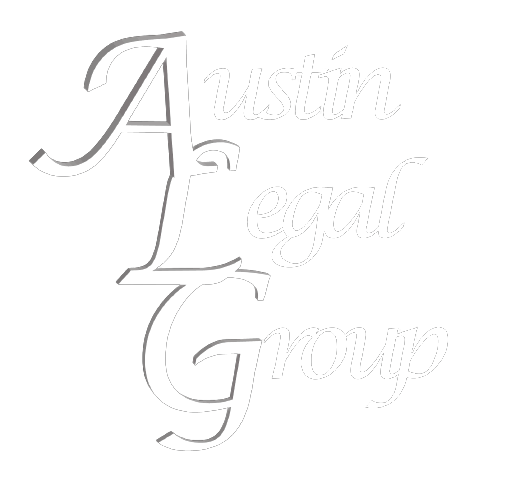When companies submit information to the Securities and Exchange Commission (SEC), they must be aware of the critical distinction between “furnished” and “filed” information. This differentiation has significant implications for legal liability, incorporation by reference, and eligibility for certain filings.
This article provides a brief overview of the differences between furnished information and filed information, and the implications of using the wrong designation in documents submitted to the SEC. For more details, please call our office to set up a consultation with one of our experienced corporate and securities attorneys.
Furnished Information: Furnished information is disclosed to the public but does not carry the same legal consequences as filed information. Companies provide furnished information to meet various disclosure obligations or comply with new or amended rules. While it is available for public access, furnished data does not expose the company to liability under Section 18 of the Securities Exchange Act of 1934 (Exchange Act).
Filed Information and Incorporation by Reference: Conversely, filed information carries Section 18 liability, is subject to the SEC’s requirements, and can be incorporated by reference into other filings, such as S-3 registration statements or periodic reports. Incorporation by reference allows companies to include information from previously filed documents in their current submissions without repetition.
Section 18 Liability: Section 18 of the Exchange Act imposes liability on any person making false or misleading statements in any application, report, or document filed with the SEC under the Exchange Act or any related rule. Section 18 liability only applies to information that is filed, not to information that is furnished. As a result, individuals can take legal action if they purchase or sell securities in reliance on false or misleading filed information but are more limited when the information is merely furnished.
Complexities of Incorporation by Reference: While incorporation by reference seems straightforward, its application can be complex due to varying rules for different types of companies (emerging growth, smaller reporting, or well-known seasoned issuers) and different filings (under the Securities Act of 1933 or the Exchange Act). Generally, only information that is “filed” with the SEC is incorporated by reference. Therefore, if a company wants to incorporate information that would typically be furnished, it must specify that the disclosures are filed under the Exchange Act and incorporated by reference into a relevant filing.
S-3 Eligibility: Form S-3 is a simplified registration form for well-established companies that meet specific criteria. To be eligible for Form S-3, a company must have filed all required Exchange Act reports for the past 12 months, among other conditions. Importantly, certain items in Form 8-K may be furnished, not filed, and thus, the failure to timely file an 8-K under these items will not affect Form S-3 eligibility.
Form 8-K Designations: Form 8-K allows companies to either “furnish” or “file” information, with specific provisions governing each. For example, under Items 7.01 (“Regulation FD Disclosure”) and 8.01 (“Other Events”), companies can furnish the information instead of filing it. Item 7.01 disclosures are automatically deemed furnished, whereas Item 8.01 information must be specified as furnished or filed. Companies can also choose to treat Item 7.01 information as filed by including appropriate language in the report.
Form 6-K and Form F-3 Considerations: Form 6-K allows foreign private issuers to submit reports and documents not required by the SEC. However, the general instructions for Form 6-K explicitly state that furnished information is not deemed “filed” and is not subject to Section 18 liabilities. Foreign private issuers with an effective Form F-3 must be cautious when incorporating information from Form 6-K reports. To forward incorporate by reference, specific disclosures must be included in both the prospectus and Form 6-K.
Understanding the implications of furnished versus filed information is crucial for companies to ensure compliance with SEC regulations, protect against potential liabilities, and maintain eligibility for certain filings. Companies should carefully designate the status of their disclosures and exercise due diligence when incorporating information by reference to avoid legal and regulatory pitfalls.
Disclaimer
Austin Legal Group, APC (ALG) does not make any representations or warranties, expressed or implied, as to the accuracy, completeness or fitness for a particular purpose of this or any article. This article is meant for general informational purposes only and should not be construed as, and does not constitute, legal advice. No one should take any action regarding the information in this article without first seeking the advice of an attorney. This article does not create an attorney-client relationship. No attorney-client relationship will exist with ALG or any attorney affiliated with it unless a written contract is signed by all parties and any conditions in such contract are satisfied. Please reach out to Gina M. Austin, Esq. at (619) 924-9600 for more information.




